Flowering tropical plants give any garden, patio, or living room an exotic touch of brilliant color. In colder climates, flowering tropical plants can be grown in containers and moved indoors during the winter months. In warmer climates, these plants grow outdoors all year long.
Here's a selection of four flowering tropical plants that are easy to grow, have interesting foliage even when the flowers fade away, and are perfect for container gardening. Enjoy this tour of the Desert Rose, Silver Vase, Star Fire Lily, and Peace Lily plants. You'll find big, bold pictures along with growing tips and recommended reading if you'd like to learn more about these plants.


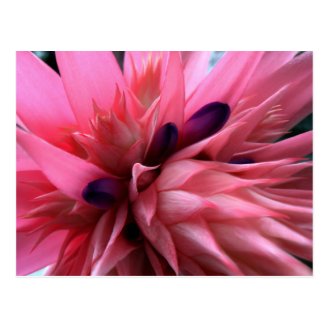

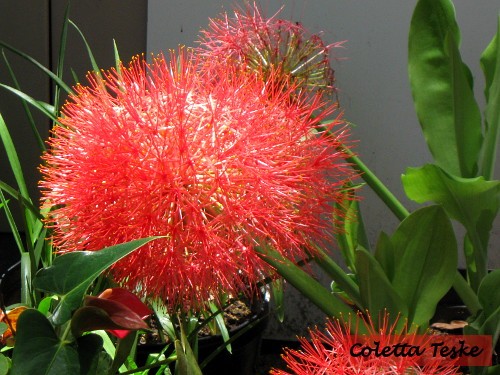
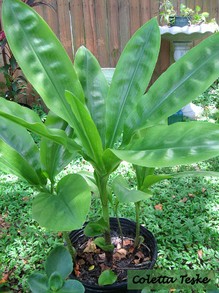
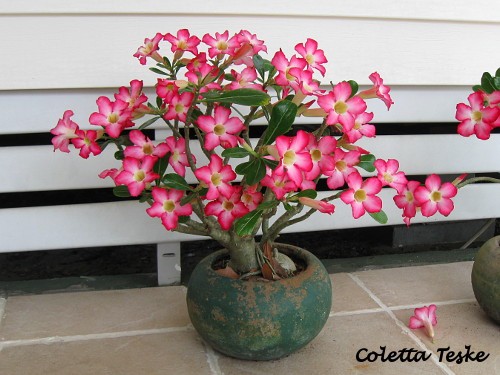

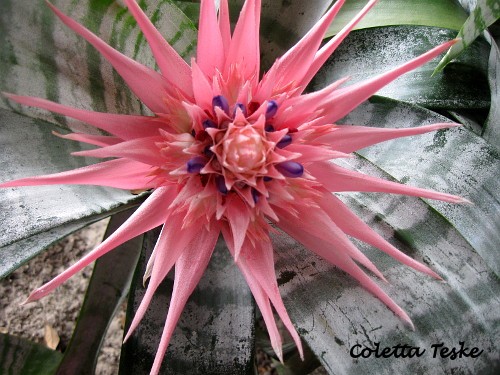
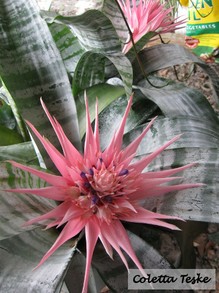

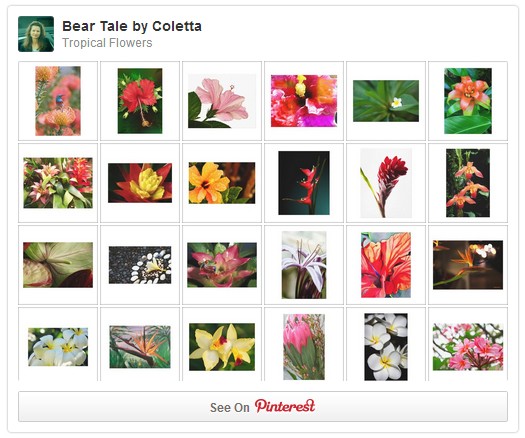
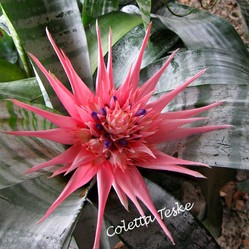

 Coletta Teske, Writer for Hireon 09/03/2014
Coletta Teske, Writer for Hireon 09/03/2014


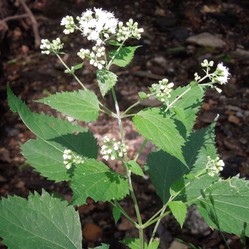
Did You Enjoy the Flower Show?
Thank you, Dustytoes! I think that desert rose is the brightest flower in our garden.
I especially loved to grow bromeliads when I lived in Florida. Love that desert rose you have!
Thank you, EmmaSRose! I'm glad you enjoyed the photos. Our garden is our joy.
Thank you, Mary Beth! The Desert Rose is one of my favorites, too!
Beautiful flowers and photos. I particularly like the Desert Rose.
Thank you for the tip, Coletta, I will keep that in mind, it sounds like yours has grown nicely!
Thank you, HappyNutritionist! You may enjoy the Desert Rose. You can start with a small plant in a 4 inch pot. My Desert Rose plants are 5 years old and about 12 inches tall. Happy Gardening!
Very beautiful pictures. I am not in a warm climate, in fact the warm weather will be on it's way out in a couple of weeks. I can grow some things inside during the winter depending on the size. Thanks for the link on how to grow certain flowers in cooler climates.
Thank you, Ruthi! We are so happy the way our Desert Rose plants are turning out. I bought these at a flea market and the little old lady picked them out especially for their trunks. And, yes, that Star Fire Lily is spectacular. You'll be thrilled when yours (finally) blooms.
Your images of your tropical plants are just gorgeous! And I appreciate the information shared on how to care for each one. Being that I am fascinated by tree and plant trunks, I applaud the close-up of the trunk of the Desert Rose. But of course, the Star Fire Lily is my personal favorite!